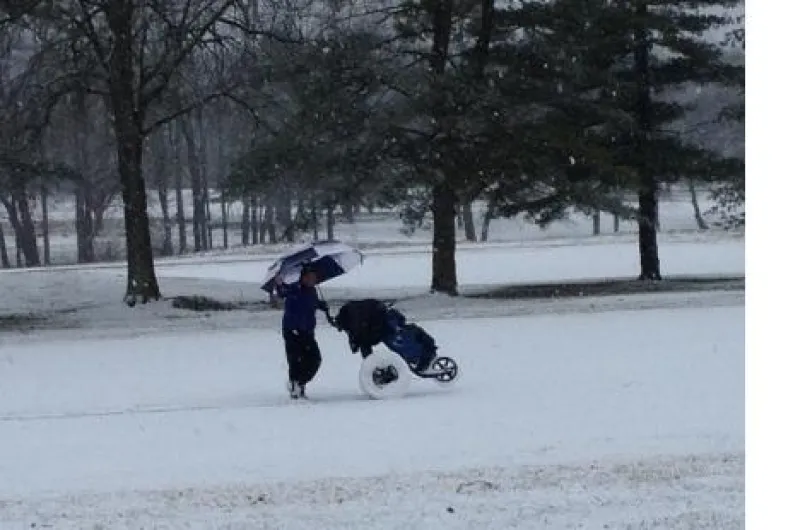Skin Cancer Prevention: Outdoor Sports And Winter Sun Awareness

Winter sports enthusiasts are at an increased risk for overexposure to the sun's ultraviolet radiation. The combination of higher altitude and UV rays reflected on the snow puts skiers and snowboarders at an increased risk of sun damage which can eventually result in skin cancer. Since more than 90 percent of all skin cancers are associated with sun exposure, learn more about skin cancer prevention before you take to the slopes.
Winter Sun Exposure Statistics
With up to 90 percent of all skin cancers caused by overexposure to UV radiation, winter sports enthusiasts are at an increased risk of sun induced skin damage. Skiers and snowboarders often forget to use sunscreen. Because of this, they are more likely to associate windburn and frostbite as skin conditions derived by their sport when what they really have is sunburn. This could eventually lead to skin cancer. Skin cancer prevention is not something that should be taken lightly.
Did you know that snow can reflect the sun's UV rays by up to 80 percent? This, combined with a higher altitude, can make the winter sun every bit as damaging on the slopes as it is on the beach. Exposure to UV radiation increases four-to-five percent every 1,000 feet above sea level; so the higher the altitude, the stronger the UV penetration. This, combined with the increased level of UV that is reflected off the snow, will seriously increase someone’s exposure to UV radiation and potential skin damage.
Even on cloudy days, winter sports enthusiasts are at greater risk of skin damage. This is because up to 80 percent of the sun's harmful UV rays can penetrate cloud cover. It is also important to understand that both snow and strong winds can wear away any sunscreen protection, reducing its effectiveness. It is particularly important to actively reapply sunscreen every two hours.
Sun Safety Tips for Winter Sports
It goes without saying that the first precaution recommended is a generous amount a broad-spectrum sunblock that is 30 SPF or higher and contains either or both zinc oxide and titanium dioxide. It should be applied to all exposed skin, with at least a teaspoon on the face.
Remember to take extra care in applying the sunscreen to ears, the back of the neck and the underside of the chin and apply it at least 20 minutes before heading outside. If possible, try to hit the slopes early in the morning or later on in the day, usually before 11 a.m. and after 3 p.m. when the sun's UV penetration is lower.
Eye health is important for everyone. Skiers and snowboarders spend long hours on the snow which can increase your risk of eye health issues. Fortunately, wearing good quality sunglasses and goggles that offer UV protection are a great way to significantly reduce these risks. Sunglasses or goggles that offer 99 percent or greater UV protection and have wraparound or large frames will offer more protection for your eyes, eyelids and the sensitive skin around your eyes. Protection for these areas are very important as they are common sites for skin cancers and sun induced skin aging.
Apparel wise, wearing a ski mask is a great idea, it leaves very little skin exposed to the sun and wind. A hat that covers your ears will not just keep you warm but will protect your scalp and ears for UV damage. Pants, long sleeves, and gloves are essential, even on warmer days. Remember, it is not the heat of the sun that causes skin damage, but its radiation.
Be Proactive about Skin Cancer Prevention
Skin safety is not something that should be taken lightly. When it comes to sun safety, winter sports are no different than being at the beach. Take proper precautions whenever you’ll be spending time in the sun and remember to always be proactive about skin cancer prevention. At MoleSafe, our approach is proactive and comprehensive. Our MoleSafe Skin Surveillance Program has the reliable accuracy to reveal skin cancer and melanoma at the earliest possible stage for fast, effective treatment. Contact us today to schedule an appointment.
